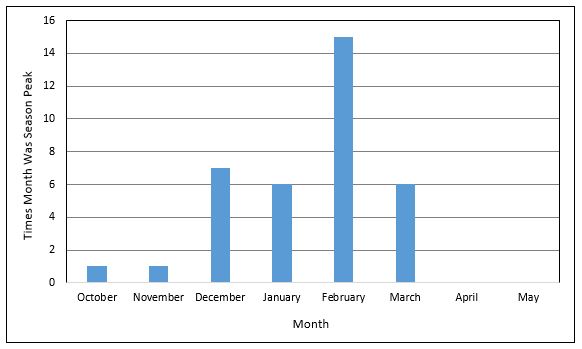About the Author: Ari Allyn-Feuer holds a PhD in bioinformatics and serves as a principal data scientist at a major pharmaceutical company. His work focuses on developing life-saving medications.
Recently, there has been quite a bit of speculation among scientists about how rising temperatures might influence the coronavirus. Some, including certain U.S. political figures, have expressed hope that warmer weather could help control the virus. However, the reality is more complex than that.
The punchline? While the heat might offer a temporary reprieve and give us valuable time to strengthen our defenses against the virus, the notion that "summer will kill it" is highly improbable. It's important to approach this topic with caution and avoid oversimplifying the situation.
Many common cold coronaviruses and seasonal flu viruses follow a predictable seasonal trend, peaking during the winter months before subsiding somewhat in the summer. This pattern is well-documented and has been observed in various parts of the world for years.

In some cases, newly emerging diseases also exhibit similar seasonal patterns. For instance, SARS, which emerged in 2003, showed a noticeable decline during the summer months, though it did reappear briefly the following winter before eventually disappearing. Another example is the 1918 flu pandemic, which saw a temporary lull in the summer but surged back stronger than ever during the winter.
When it comes to SARS-CoV-2, the jury is still out regarding whether it follows this kind of seasonal trend. Although there has been some research suggesting potential links between temperature and transmission rates, no definitive evidence exists yet because the virus has not been around long enough to establish a clear seasonal pattern.
On one hand, some regions with higher average temperatures—like Rio de Janeiro—are experiencing slower rates of infection compared to colder areas. On the other hand, these warmer climates are far from immune; cities like Rio continue to report active cases despite their balmy conditions. Furthermore, numerous tropical nations such as Brazil, India, and Malaysia have already recorded hundreds—if not thousands—of confirmed infections, proving that climate alone cannot prevent widespread transmission.
Another complicating factor involves geography. Since the Northern Hemisphere enters summer just as the Southern Hemisphere experiences its coldest period, places like South America and Oceania remain vulnerable even if temperatures elsewhere improve significantly. Additionally, given how interconnected global populations are today, any reduction in transmission due solely to warmer weather would likely be short-lived unless robust public health measures are maintained consistently across borders.
While it's possible that seasonal changes could play a role in moderating the severity of outbreaks throughout different parts of the year—and potentially buy valuable preparation time for countries located in temperate zones—it remains crucial not to rely too heavily on this possibility alone. History shows us that relying purely on nature to solve complex problems often leads to disappointment; instead, proactive strategies must always take precedence over passive expectations based purely on environmental factors.
In conclusion, although warmer weather might provide temporary relief from the worst effects of COVID-19, it should never serve as an excuse for complacency or neglecting essential防控measures like social distancing, mask wearing, testing & tracing programs etcetera... We need comprehensive solutions tailored specifically towards addressing this unprecedented crisis head-on rather than hoping for miracles delivered by Mother Nature herself!
Round Food Container,Disposable Plastic Round Bowl,Large Round Salad Bowl,Aluminium Container Box
walson groupe , http://www.walsongroup.com